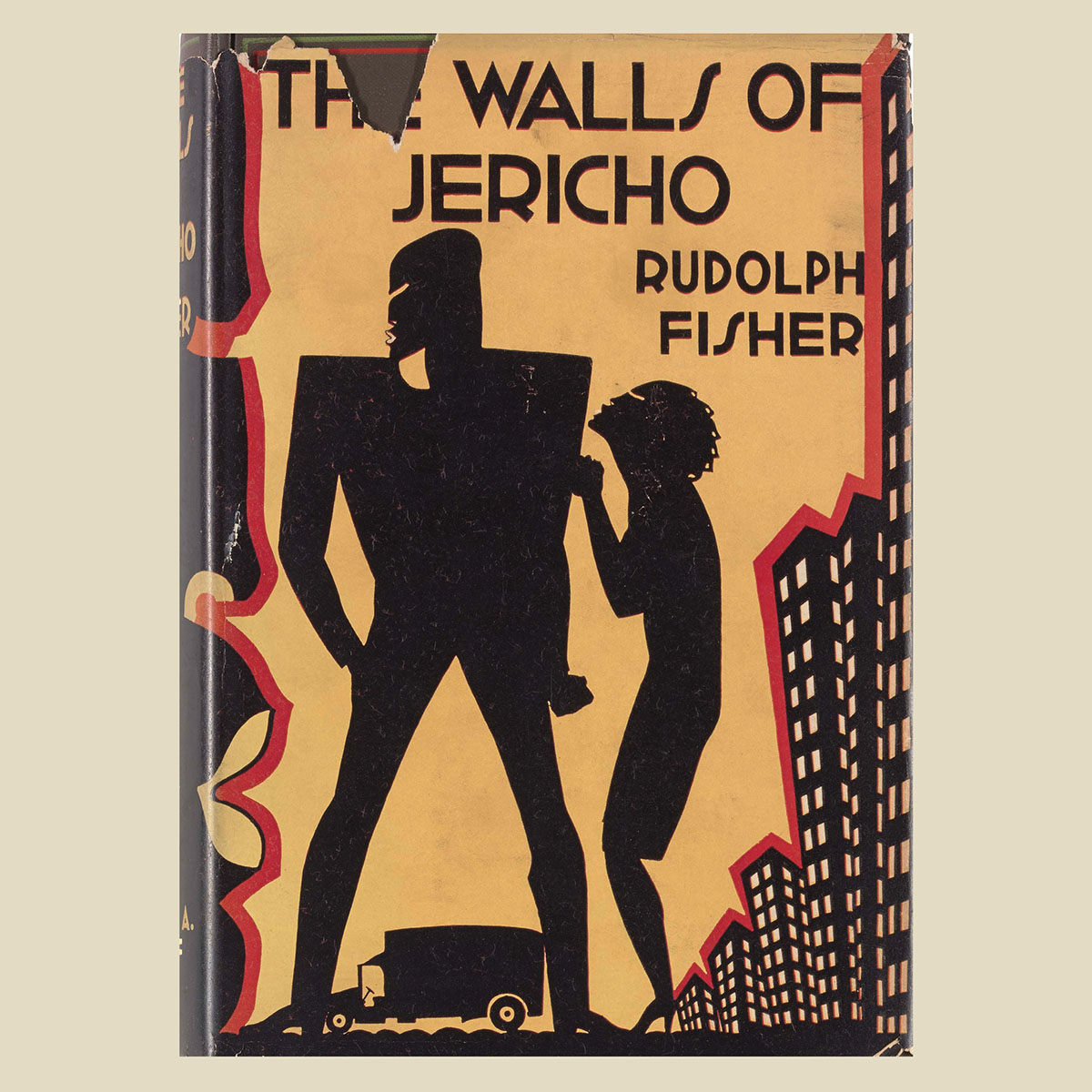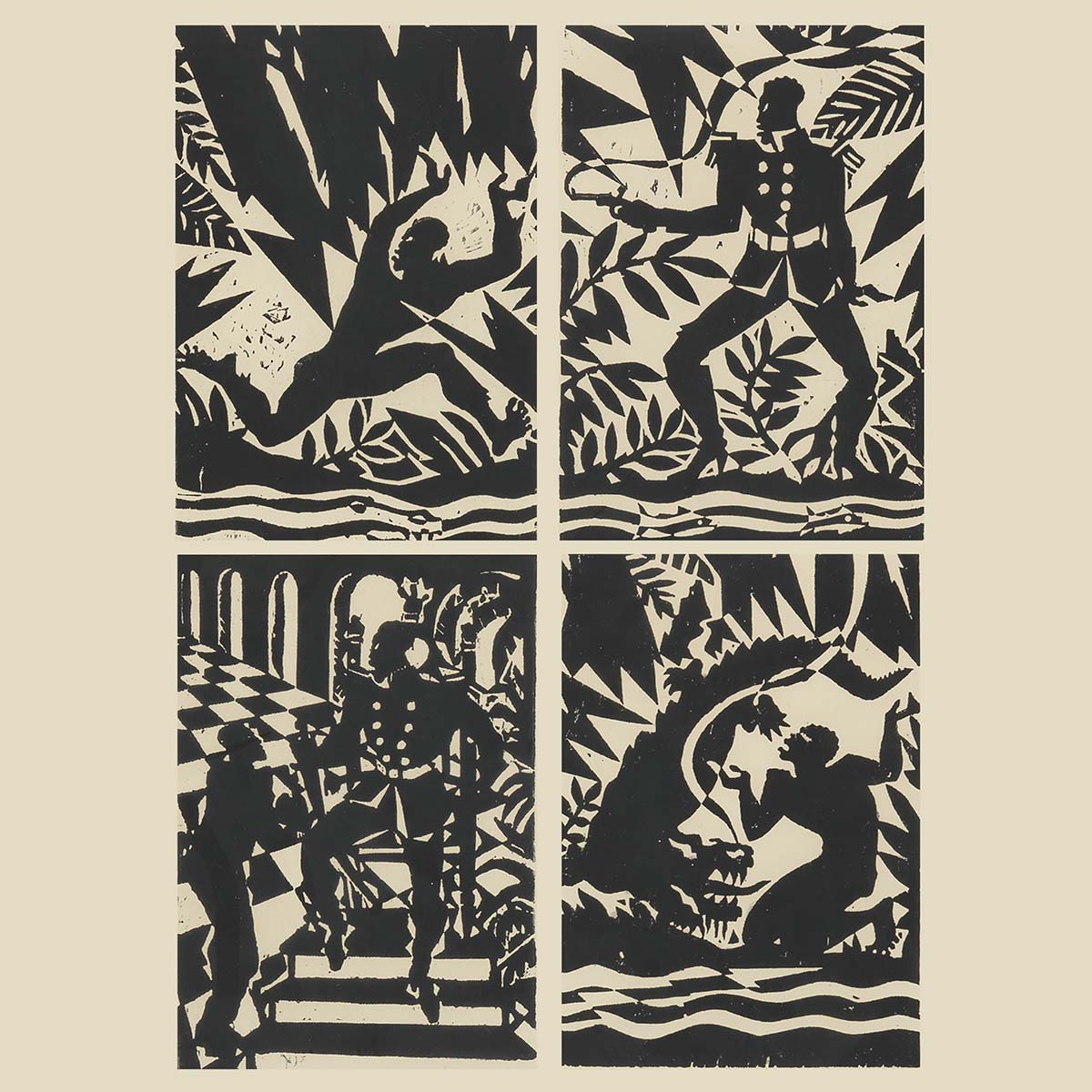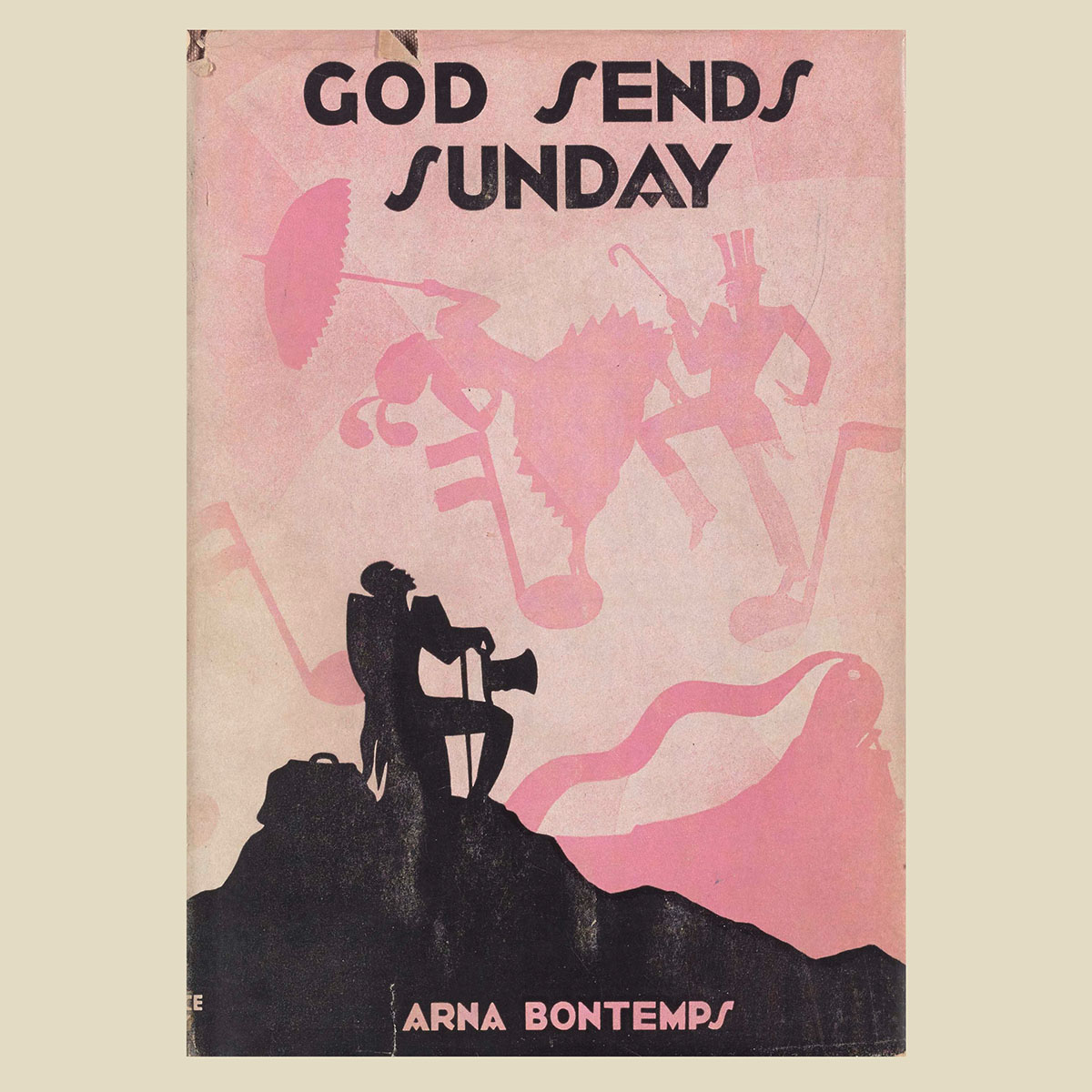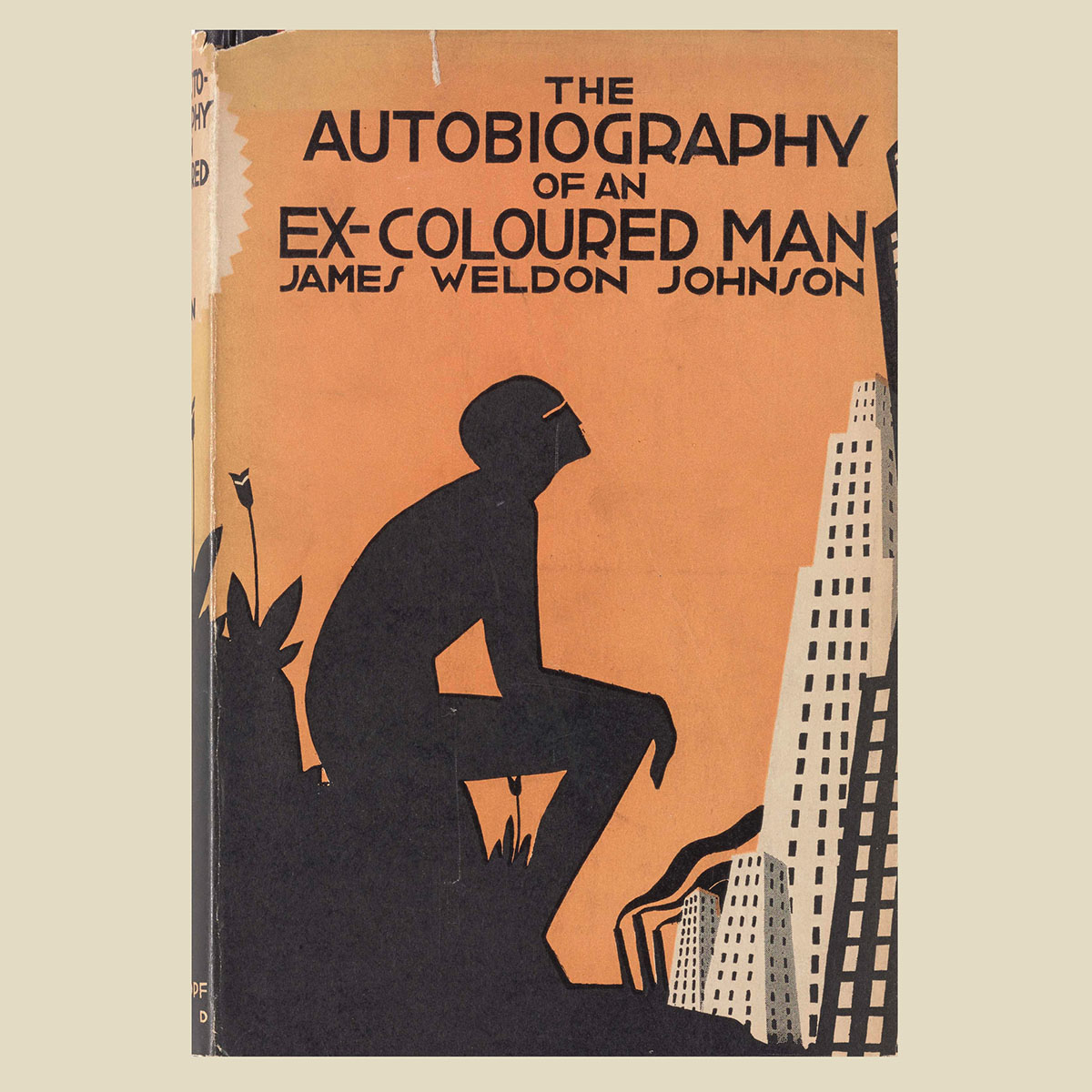Aaron Douglas: A Major Figure in Harlem Renaissance Art
Aaron Douglas was a leading artist of the Harlem Renaissance, also known as the New Negro Movement. Douglas, along with the philosopher Alain Locke, whose important 1925 anthology The New Negro featured Douglas’s illustrations—helped set in motion a new visual language detached from traditional European art training and absorbing a distinctive African heritage. His style blended the geometric and angular shapes of Art Deco with the linear rhythm of Art Nouveau. References to African masks and sculptural figures, as well as allusions to African dance, were prevalent in most of his work. Throughout his life, he became known for his paintings, illustrations and murals.
Aaron Douglas was born in Topeka, Kansas, in 1899. He graduated from the University of Nebraska with a Bachelor of Fine Arts degree in 1922 and taught art classes at Lincoln High School in Kansas City, Missouri, for several years. He moved to Harlem in the 1920s, just as what would become known as the Harlem Renaissance was coming into full swing. Despite the initial intention of staying in NYC for a short time, Douglas and his wife Alta lived in Harlem for many years and were an integral part of the artistic culture of New York in the twenties and thirties.
Douglas arrived in Harlem shortly after the publication of what was immediately recognized as a landmark publication: the March 1925 issue of Survey Graphic titled, “Harlem: Mecca for the New Negro.” This special issue included an introductory essay by Alain Locke, the founder of the New Negro movement, with additional essays by other progressive African American leaders. When interviewed late in his career, Douglas declared that the Harlem issue of Survey Graphic was the single most important factor in his decision to move to New York.
The ancestral arts of Africa are relevant, meaningful and above all, a part of our heritage, and we should use them to project ourselves.—Aaron Douglas


Through his covers, Douglas set forth a new vision for the black artist. His strong, geometric forms and Egyptian profiles resulted in a style later described by cultural critic and educator Richard Powell as “Afro-Cubism.” In 1926, he loaned his talents to the first and only issue of Wallace Thurman’s magazine FIRE!! and later designed the cover of Thurman’s short-lived magazine Harlem.
Douglas became the most sought-after book illustrator and cover designer among the black writers of the time.
Probably his most controversial cover was for Carl Van Vechten’s book about Harlem nightlife. His illustrations for James Weldon Johnson’s epic poem God’s Trombone, published in 1927, made him especially popular. Critically praised, God’s Trombones was Johnson’s masterwork and a breakthrough publication for Douglas. In his illustrations for this publication, and later in paintings and murals, Douglas drew upon his study of African art and his understanding of the intersection of cubism and art deco to create a style that soon became the visual signature of the Harlem Renaissance.
Numerous commissions followed the publication of God’s Trombones, including an invitation from Fisk University in Nashville to create a mural cycle for the new campus library. In September 1931, Douglas sailed for Paris where he undertook additional formal training and met expatriate artist Henry Ossawa Tanner. After a year abroad, Douglas returned to New York, where he continued to receive commissions and, in 1933, mounted his first solo exhibition at Caz Delbo Gallery. In 1936, Douglas completed a four-panel mural for the Texas Centennial Exposition in Dallas. Only two panels from this set survive. One of these, Into Bondage, is now in the collection of the National Gallery of Art.

During the 1930s Douglas returned intermittently to Fisk where he served as an assistant professor of art education; in 1940 he accepted a full-time position in the art department. Although teaching in Nashville, Douglas and his wife, Alta, retained their apartment in Harlem, where they remained active in Harlem’s cultural community—albeit now a community severely impacted by the Great Depression.
In 1944, Douglas completed a master of arts degree at Teachers College, Columbia University. At Fisk, he became chairman of the art department, where he mentored several generations of students before retiring in 1966. In 1970, Douglas returned to Topeka, his hometown, for the first retrospective exhibition of his work at the Mulvane Art Center. The following year he was honored with a second retrospective at Fisk. Douglas died in Nashville in 1979 at age 80.
He created illustrations for magazines and books throughout his career, including books by Langston Hughes and Claude McKay. Having studied under the German artist Winold Reiss, Douglas developed an artistic style that used African elements to portray American Blackness in a highly symbolic manner intricately connected with the Art Deco and modernist movements.


Want to discover more? Take a delve into our #TBT archives and learn about some more legendary designs and designers.
Want to win some amazing prizes and stay in the loop with all things Shillington? Sign up to our newsletter to automatically go in the draw.







